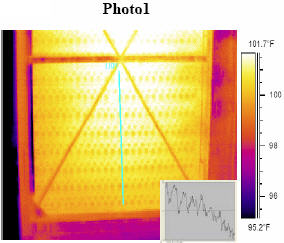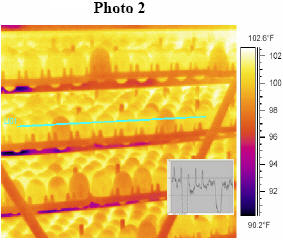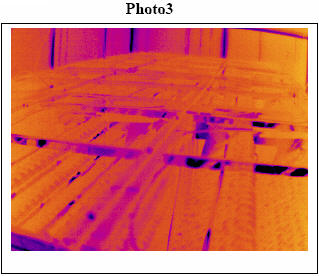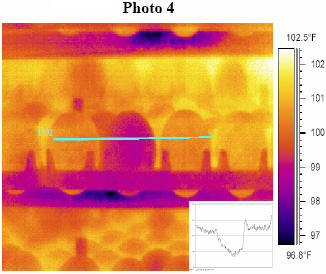



Infrared Photography Is An Excellent Incubation Diagnostic Tool
By Joseph M. Mauldin, Extension Poultry Scientist, University of Georgia - During the last decade incubation temperature control has become more critical. The problems associated with controlling the temperature of high yielding breeder eggs during incubation are well known to the breeder hatchery industry. Looking at the set point and sensor temperatures is not enough to evaluate the conditions inside the mass of incubating eggs in an incubator.
Currently, hatcheries are measuring embryo temperatures
routinely as a quality control procedure. To determine what the temperatures are in various parts of their setters
and hatchers some companies are installing temperature data loggers. Evaluating set point, sensor, and data
logger temperatures is a very useful procedure. These methods yield temperature information at a few exact
locations, depending on sensor and logger placement. However, now that we are in the 21st century, more high
tech procedures should be employed. This tip describes a method to evaluate temperatures in a mass of
incubating eggs with an infrared camera.
Infrared cameras accurately reveal the entire range of temperatures within an incubator in one photograph.
Digital IR cameras come with software to analyze each photo. The IR photo will show the cooler regions of the
machine as a blue tint while the hotter regions will be exhibited as yellow or white. By clicking exact points in
the downloaded digital IR photo with a mouse the temperature of that spot will be revealed.
Drawing a box or
circle on the IR photo the program will reveal the average temperature of the area within the drawn box or circle.
This technology is not cheap. Expect to pay in the range of $5,000 to $30,000 for an IR camera and software
system. Following are some recent photos taken with an IR camera
 Photo 1 shows that the eggs in the center of the buggy are hotter than those at the periphery. The graph reveals the temperatures at the vertical line superimposed on the photo. The graph is stair stepped because the line passes across eggs and empty spaces. The eggs are, of course, hotter than the empty spaces. |
 Notice the darker eggs in photo 2. They are darker because they are infertile and are cooler because there are no embryos to produce heat |
 Photo 3 was taken of the tops of a series of buggiesin a single stage incubator. The eggs are shown to be very uniform in color revealing no temperature problems. |
 A line was drawn across 3 eggs in photo 4. The darker egg is infertile. Notice the graph in the bottom right of the photo. The temperature dropped as the line passed across the infertile egg. |
Summary
IR photography has already been shown to be of great benefit to other areas of poultry
production such as brooding conditions in broiler houses and the evaluation temperature
uniformity as a measure of ventilation in breeder and broiler houses. For hatcheries, IR
provides an excellent method to evaluate temperature in critical areas such as incubators.
Source: University of Georgia - Poultry Science - January 2006









